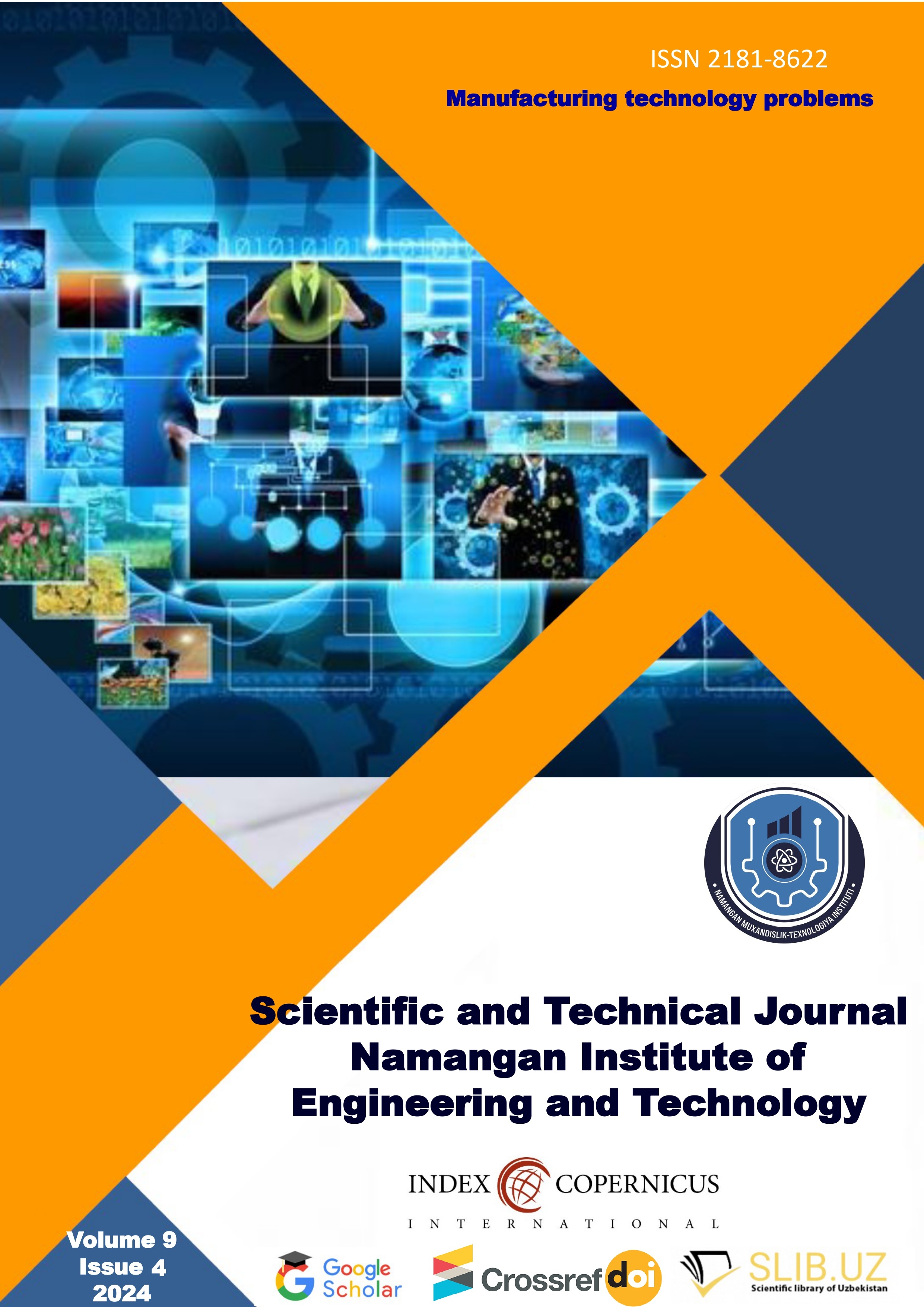METHODS FOR ASSESSING THE EFFECTIVENESS OF WASTE RECYCLING BUSINESS ACTIVITIES IN THE ENVIRONMENTAL SECTOR
Keywords:
ecology, waste recycling, effectiveness assessment, environmental impact, economic performance, social impact, sustainability, key performance indicators (KPIs), waste management, resource recovery, circular economy, cost-benefit analysis, carbon footprint, environmental sectorAbstract
Waste recycling is one of the most important measures in waste management policy. In recent years, special attention has been paid to the issue of waste recycling in our country. Enterprises that emit large amounts of harmful waste into the atmosphere and generate waste in industrial quantities should contribute to improving the environmental situation in the country. The way to solve these problems may be the introduction of environmental technologies at enterprises, which can be characterized as environmental modernization. Enterprises engaged in waste collection and sorting improve the environmental indicators of the territories in which they operate. This article explores methods for assessing the effectiveness of waste recycling businesses in the environmental sector. These methods focus on environmental impact reduction, economic efficiency improvement, and sustainable resource utilization. The study highlights key performance indicators (KPIs) and assessment frameworks that help measure the success of waste recycling initiatives.




